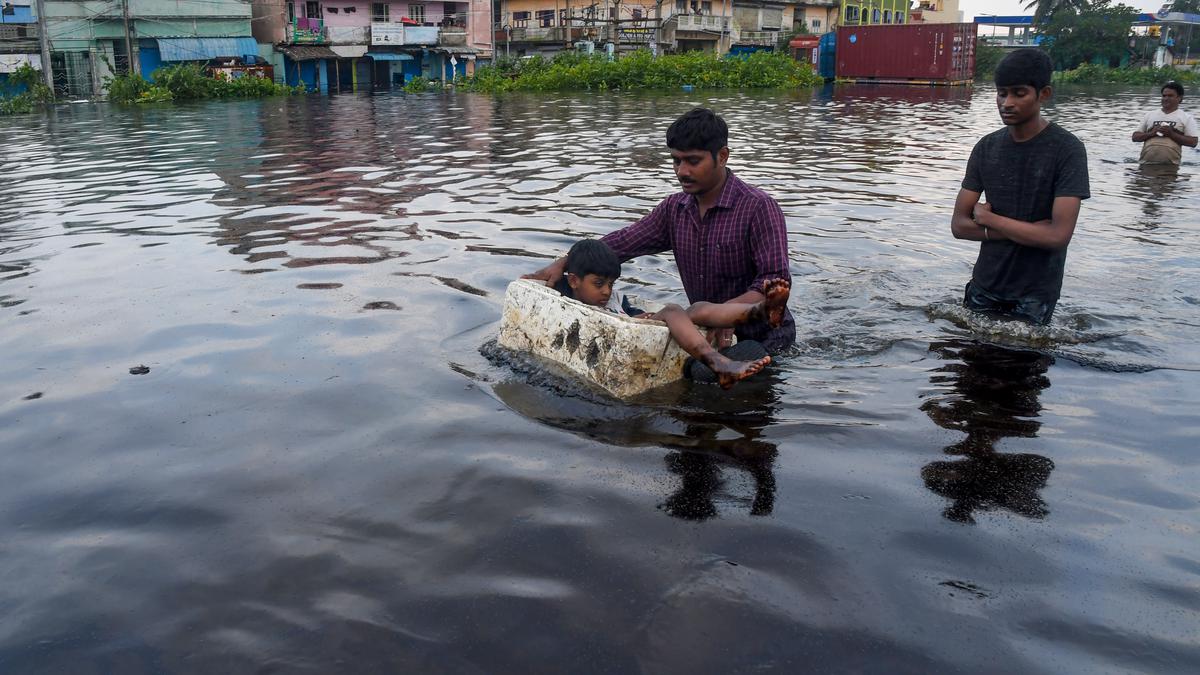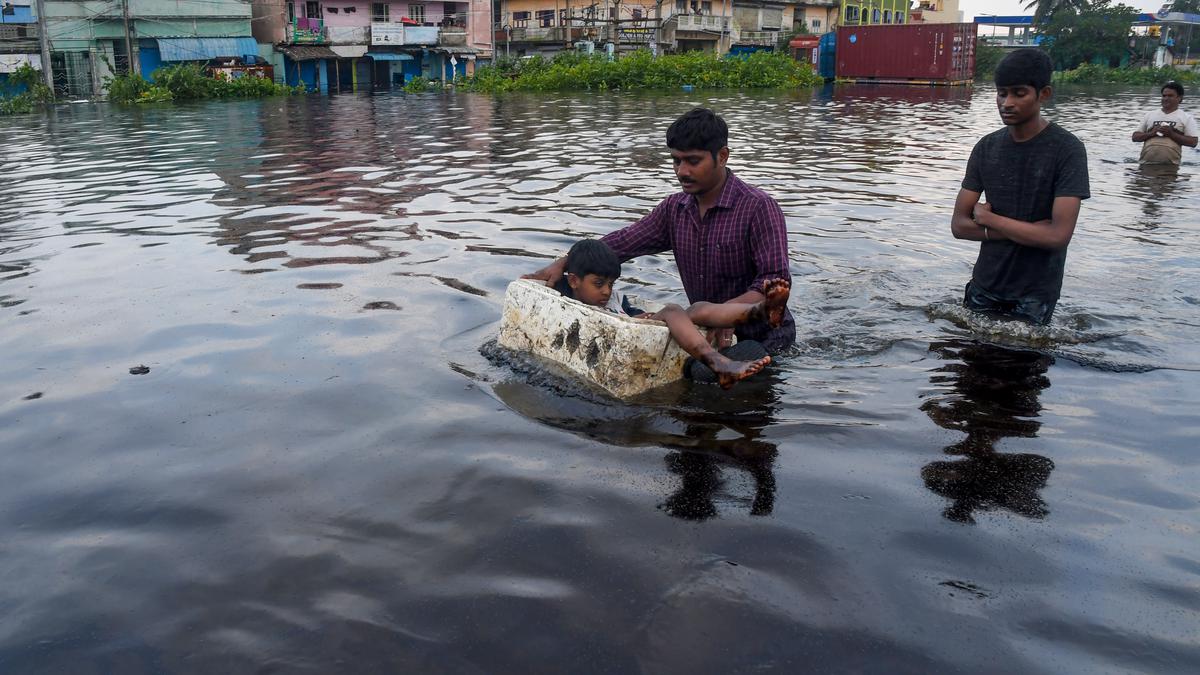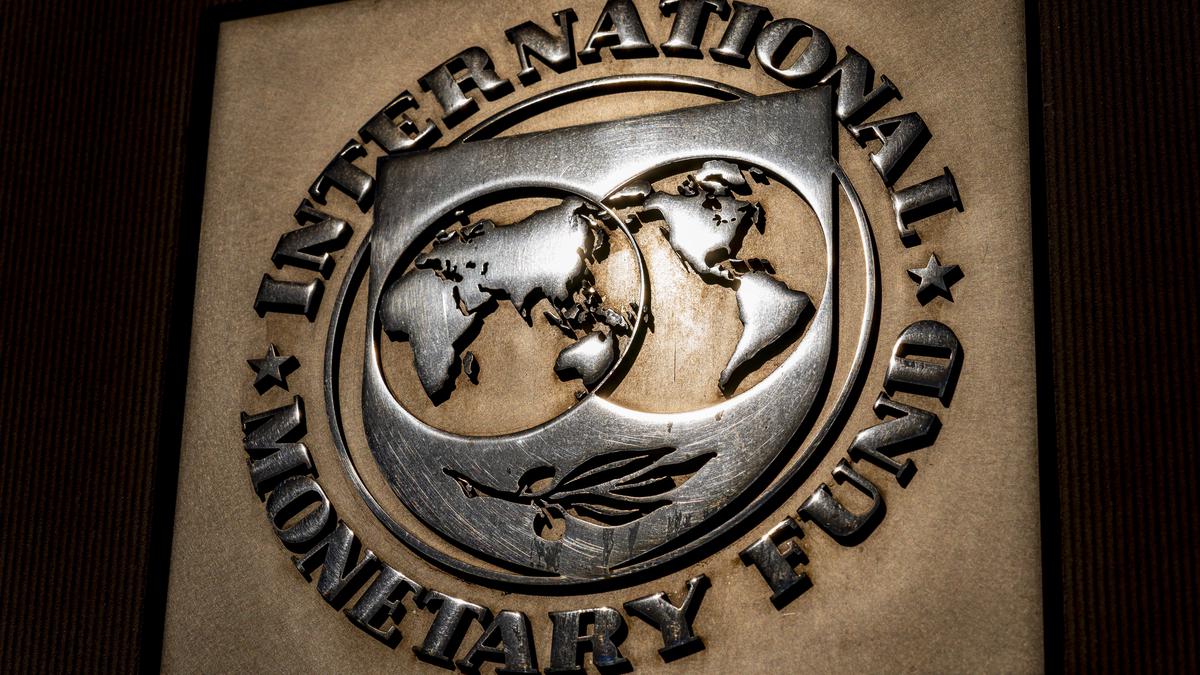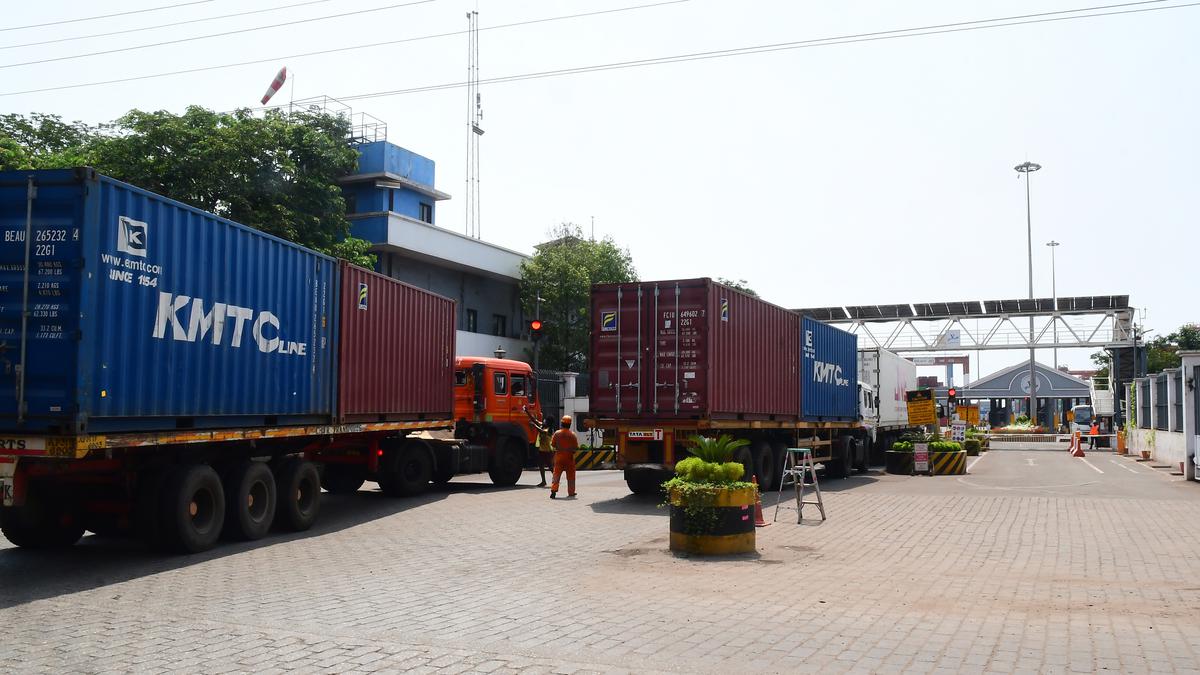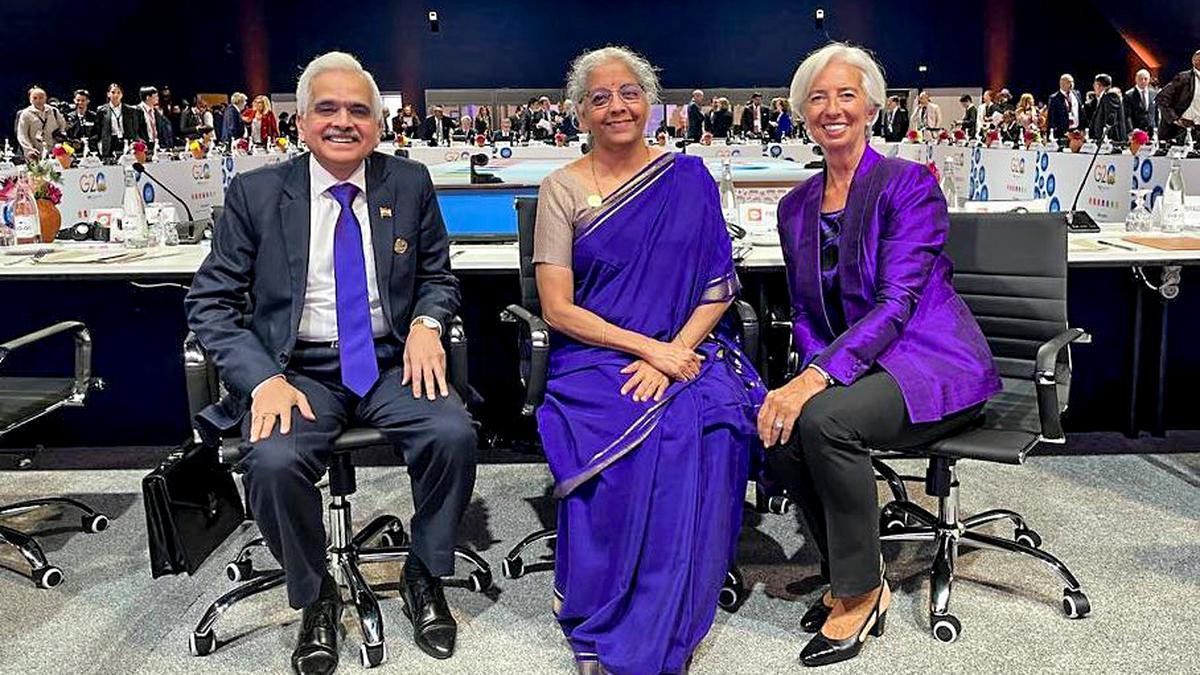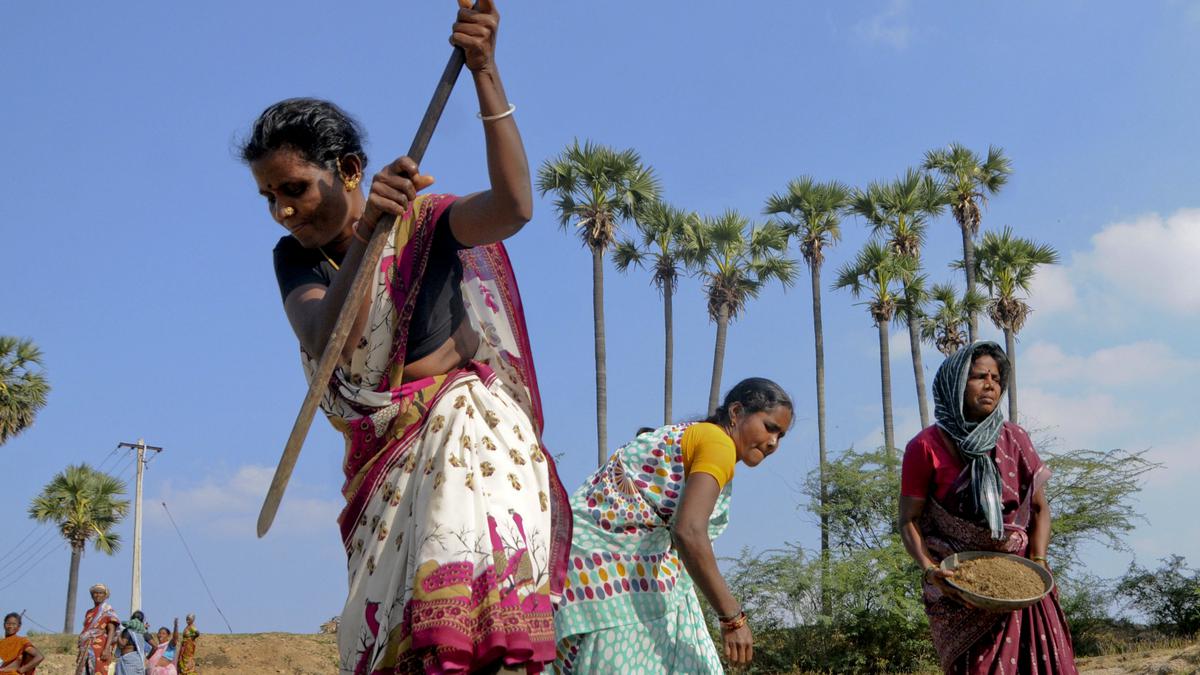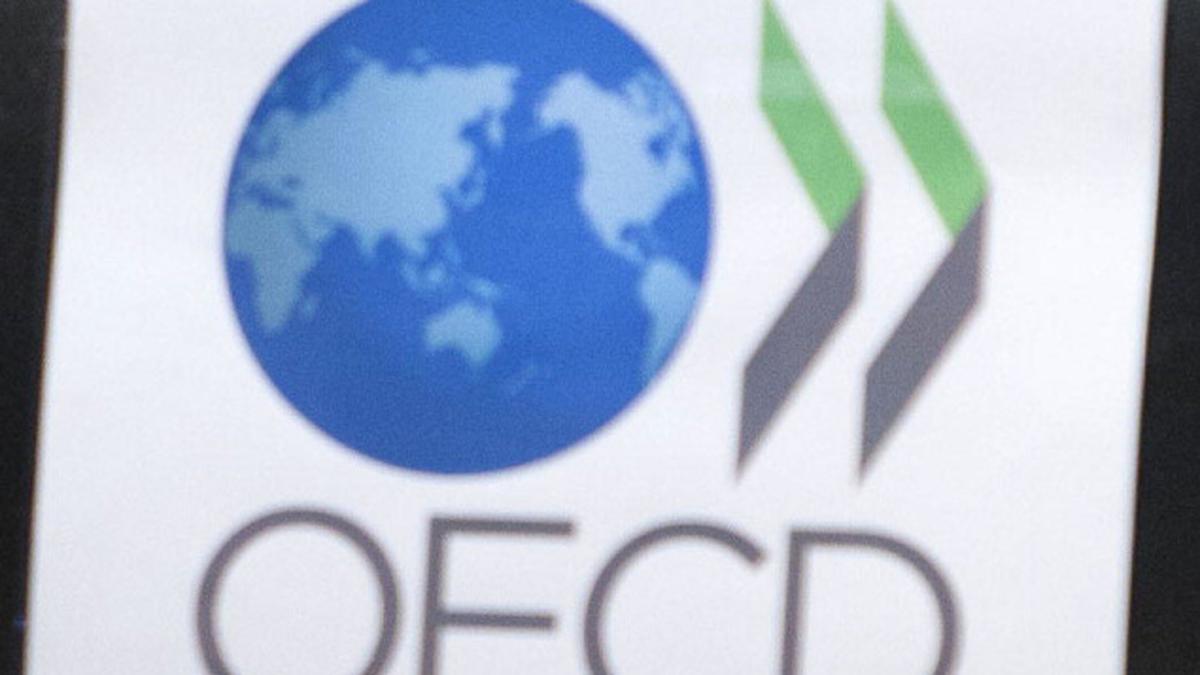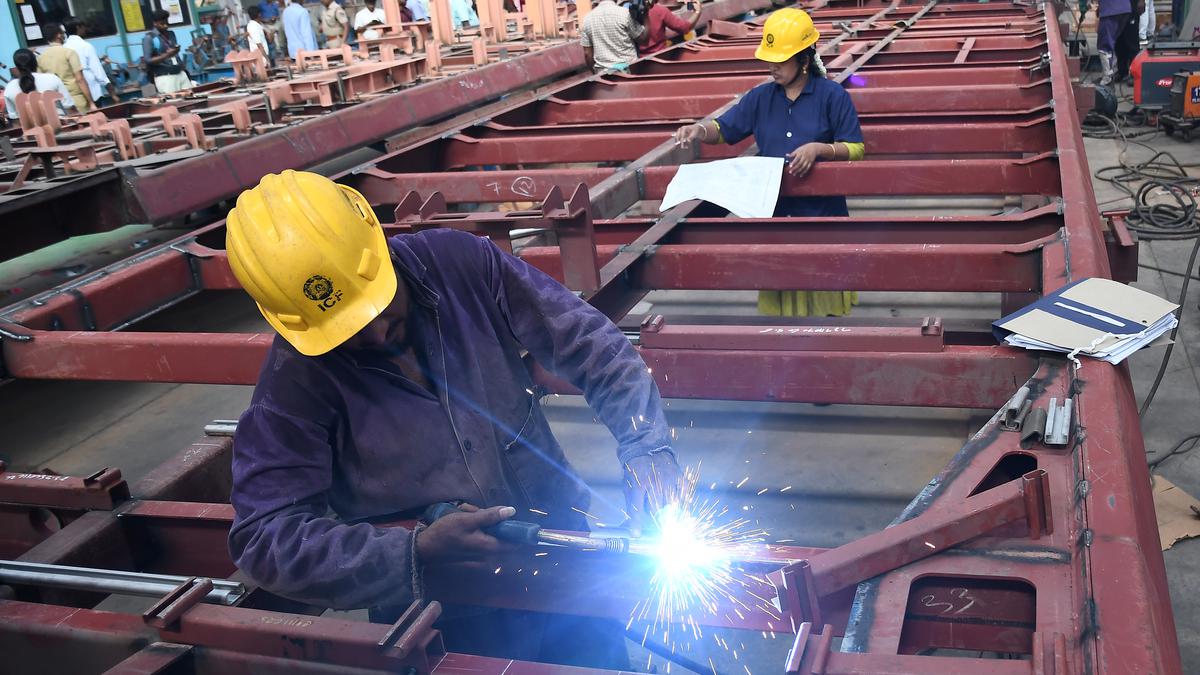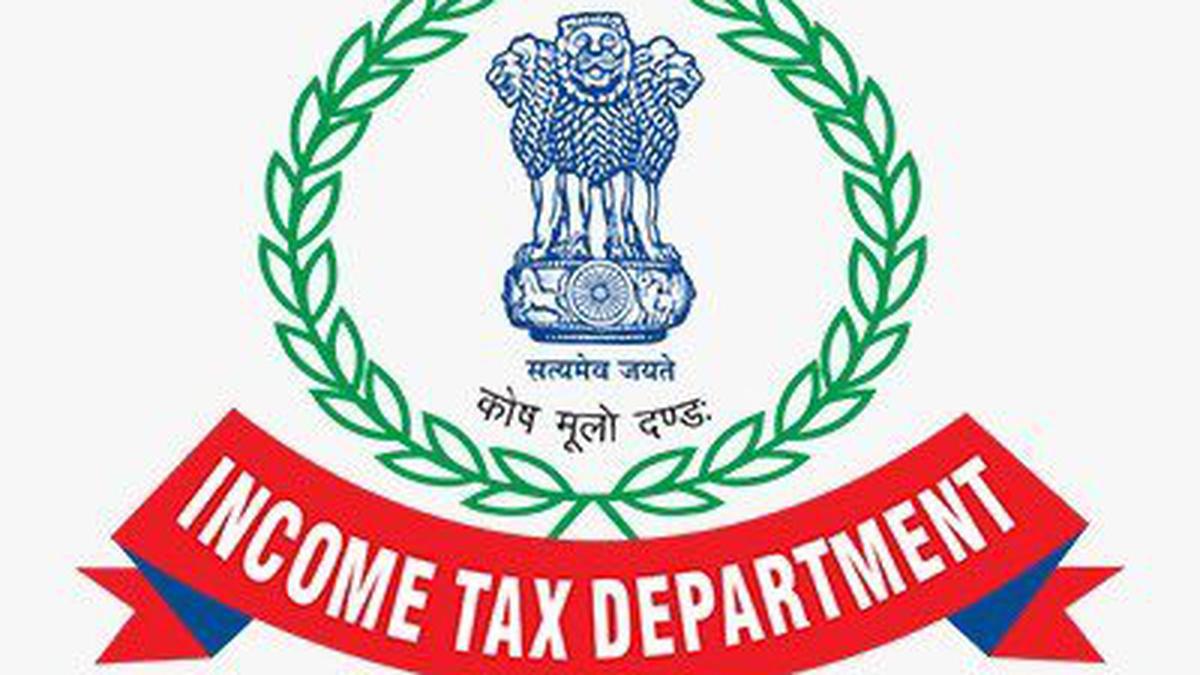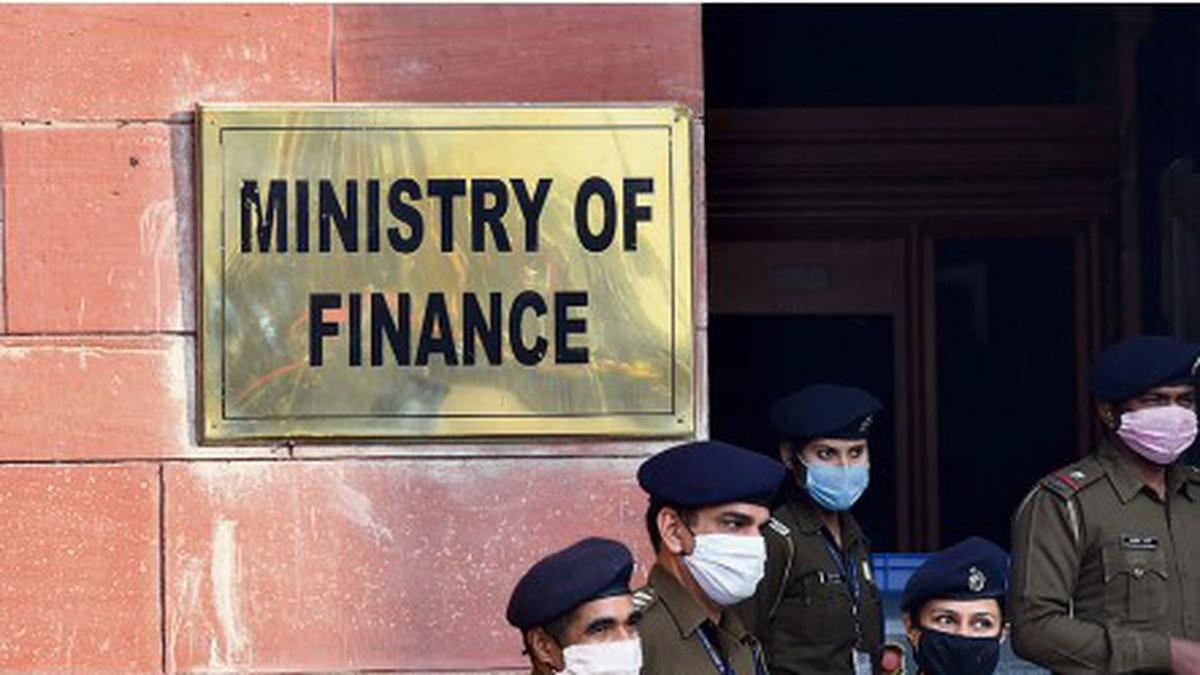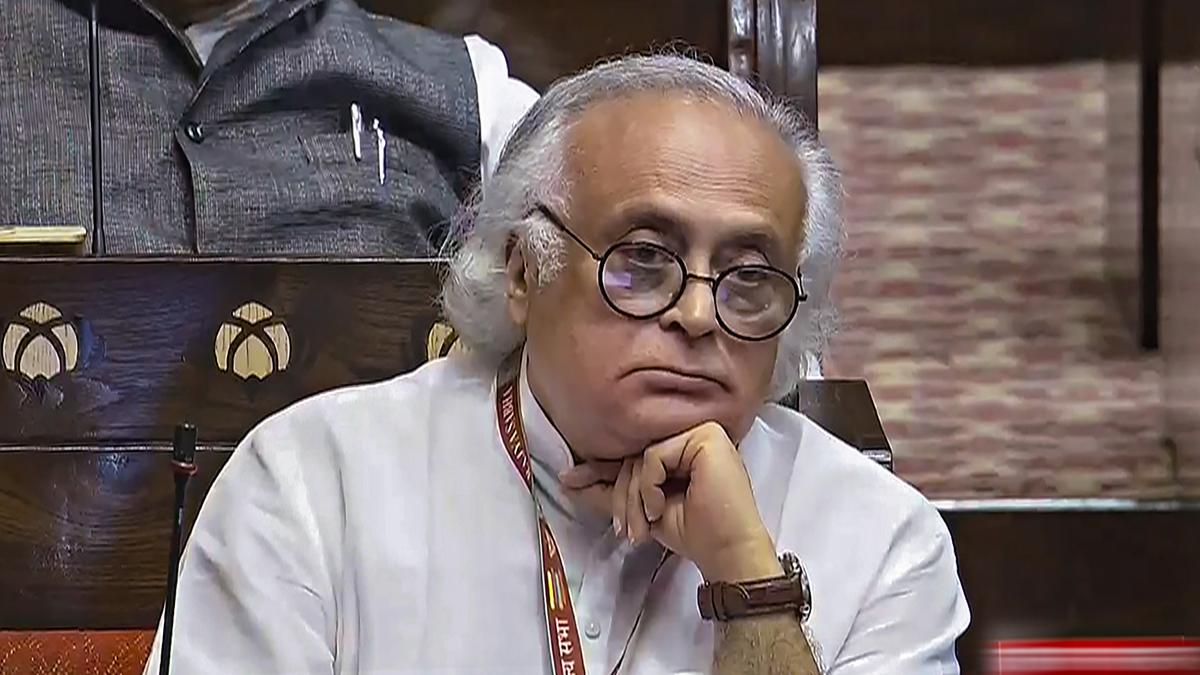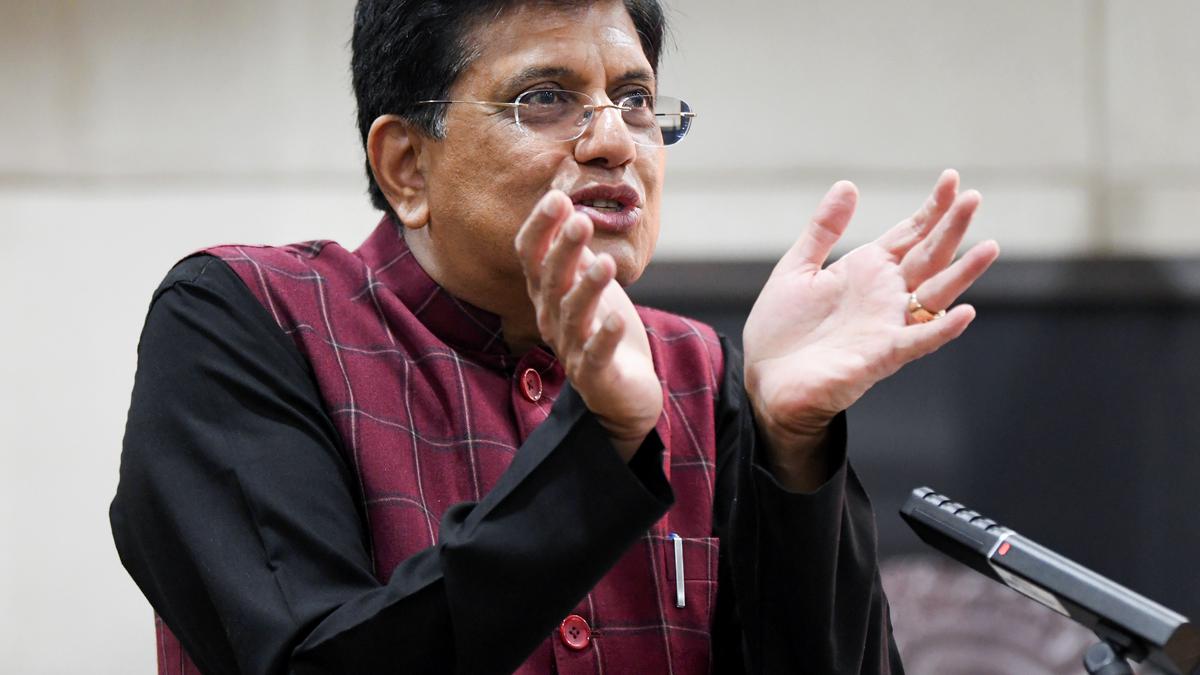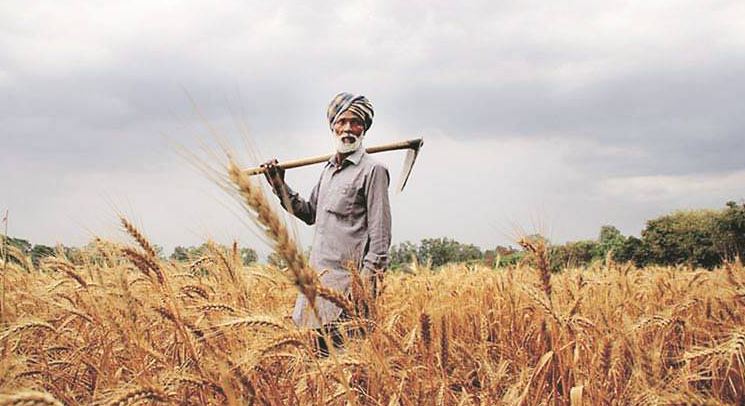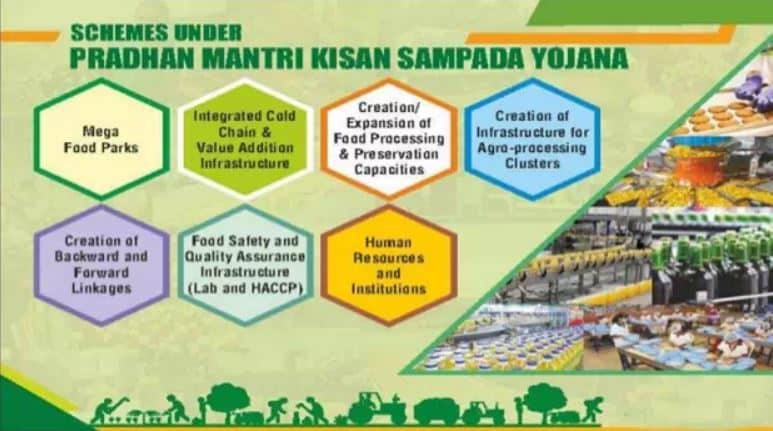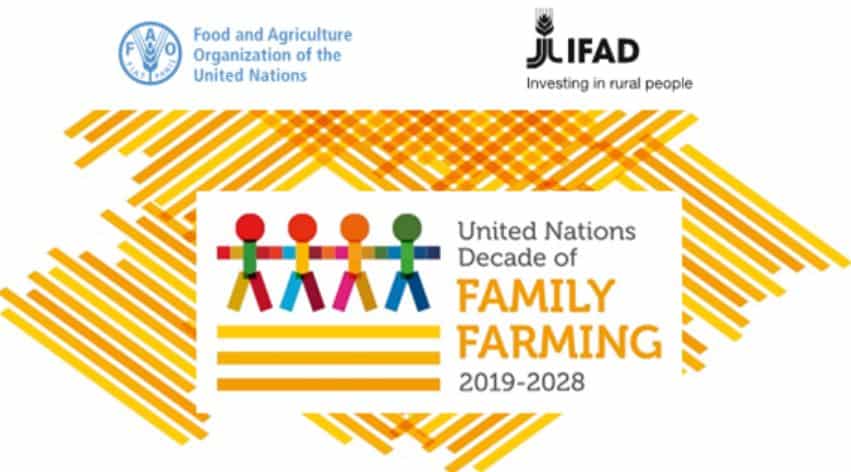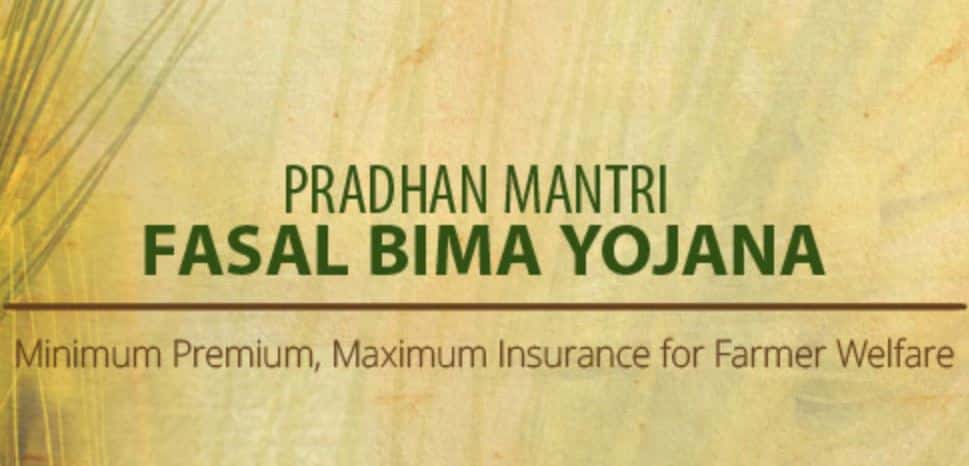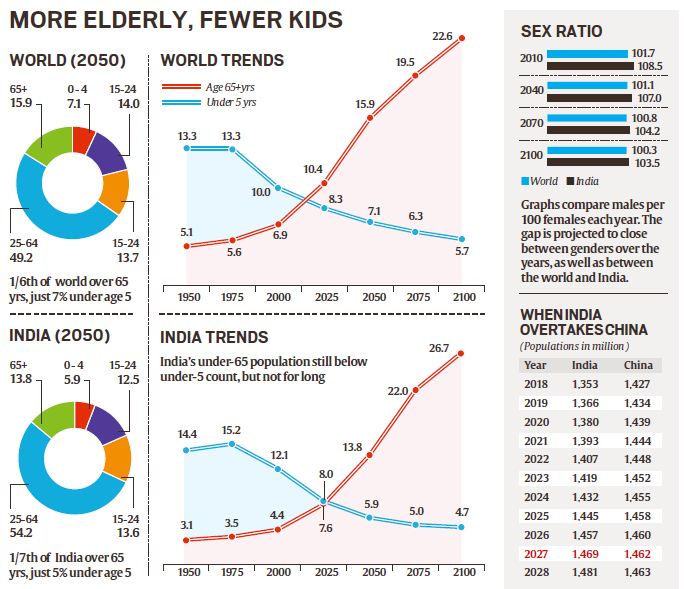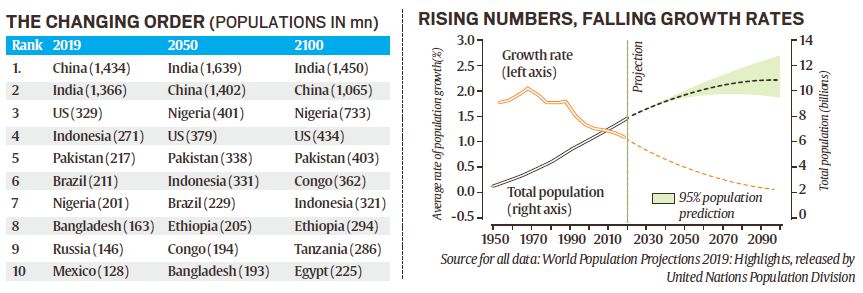The Gender Earnings Gap: Exploring the Comprehensive Data from Periodic Labour Force Surveys
The Periodic Labour Force Surveys (PLFS) have been instrumental in monitoring the gender earnings gap in various forms of employment from April-June 2019 to 2023. The latest round of surveys has brought attention to the significance of weekly hours worked in understanding the complete picture of inequality. While men, on average, earn more than women, this disparity is not solely attributed to gender, but also shaped by societal norms and individual choices that influence women to work fewer hours. As a teacher, understanding these dynamics is essential to address gender disparities in the workforce.
How Does the Gender Earnings Gap Differ?
The pioneering work of Claudia Goldin, a Nobel laureate, in analyzing the various factors influencing gender inequalities in America, resonates with the situation in India. Indian scholars have extensively examined the disparities affecting working women in terms of work participation and wages. To gauge the gender earnings gap, all types of workers’ earnings are converted into weekly figures. Table 1 showcases the ratio of weekly earnings for men and women at the all-India level, integrating the rural and urban sectors, from April-June 2019 to April-June 2023. A ratio above 1 indicates higher men’s earnings relative to women, such as a figure of 1.24, signifying that men’s earnings are 24% greater than women’s.
Interestingly, men consistently earn more than women across all forms of work, with the wage gap being most significant for self-employed individuals. In 2023, male self-employed workers earned 2.8 times more than their female counterparts. On the other hand, male regular wage workers earned 24% more, and male casual workers earned 48% more. The persistence of the gender gap in earnings is undeniable. However, there are discernible trends – the gender earnings gap has increased for self-employed workers while declining for regular wage workers. From 2019 to 2022, male regular wage workers earned 34% more than women, with the gap reducing to 24% in 2023.
Are There Any Notable Differences in Average Weekly Work Hours?
While the gender earnings gap provides insights, it does not fully capture the inequalities in earnings per work effort. Women generally work fewer hours than men across all forms of work, as depicted in Table 2. In 2023, the largest gap in work hours was observed among self-employed workers, with men working 50% more hours than women. In comparison, the gap was lowest for regular wage workers (19%). Interestingly, despite having the smallest gap, men and women in regular wage work had the longest work hours, with men averaging 51 hours per week and women averaging 43 hours. While the ratio of work hours remained relatively stable for regular wage workers, it witnessed a significant increase for self-employed workers.
This rise in the gender gap in hours worked, coupled with the growing number of women in self-employment, necessitates explanation. Rural women’s labor force participation rates (LFPRs) have risen, accompanied by a significant increase in the proportion of self-employed women. However, the average weekly hours worked by rural self-employed women declined from 37.1 in 2019 to 30.1 in 2023. This suggests that the increased employment for rural self-employed women has primarily been part-time in nature, in contrast to men’s full-time work. In contrast, the ratio of hours worked for regular wage workers remained relatively constant.
By utilizing data on weekly earnings and hours worked, researchers have calculated earnings per hour for each category of workers. Table 3 demonstrates the ratio between men and women’s hourly earnings.
What Is the Percentage Decrease in the Gap in Hourly Earnings?
Considering hourly earnings provides valuable insights into the forces influencing changes in inequality over this period. The gender gap in hourly earnings reduces significantly for regular wage workers. In 2023, men in regular wage employment earned 24% more than women over the week, but also worked 19% longer. Thus, the gap in hourly earnings narrows down to approximately 4%, declining from 11% in 2019.
Remarkably, women in regular wage work earn less per week, but nearly the same when considering earnings per hour. However, it is crucial to acknowledge that averages conceal significant disparities, necessitating further research to determine if the gap in hourly earnings holds true across all workers, occupations, and industries. Inequality in hourly earnings remains higher in other forms of work, albeit not as high as when considering total earnings. In 2023, male casual workers earned 23% more per hour than women, representing a reduction from 33% in 2019. The gender gap has slightly increased for self-employed individuals, rising from 84% in 2019 to 87% in 2023.
What Influences Hours of Work?
Lower inequality in hourly earnings for regular wage workers does not imply that the inequality arises solely from women choosing to work fewer hours. Often, the available options for working hours are restricted due to social norms that assign domestic and child-rearing duties predominantly to women. Working hours are not purely driven by unconstrained choices. Therefore, it is critical to not only understand the factors influencing differences in remuneration but also those shaping disparities in total hours of work.
Policies aimed at addressing this issue should focus on removing barriers that limit the hours of work available to women. Interventions within the workspace, such as mandating creches and providing more generous maternity leaves, can facilitate this process. Additionally, comprehensive transformations in social norms are necessary to distribute the burden of childcare and domestic work more equitably across both genders.
As we delve deeper into the comprehensive data provided by the Periodic Labour Force Surveys, we gain a better understanding of the gender earnings gap and the underlying factors shaping it. By recognizing the significance of weekly hours worked, addressing disparities in earnings per work effort, and addressing socio-cultural constraints, we can strive towards a more equitable and inclusive workforce.
Fun Fact: Did you know that as of 2021, only 36% of women were employed worldwide, compared to 75% of men? The gender earnings gap and inequalities in work participation are significant global challenges that need to be tackled.
(Rahul Menon is Associate Professor, Jindal School of Government and Public Policy, O.P. Jindal Global University)
Mutiple Choice Questions
1. What do the Periodic Labour Force Surveys (PLFS) monitor?
a) Gender disparities in the workforce
b) Gender earnings gap across various forms of employment
c) Women’s work participation and wages
d) All of the above
Explanation: The Periodic Labour Force Surveys (PLFS) monitor the gender earnings gap across various forms of employment, including work participation and wages affecting working women.
2. What does a figure above 1 indicate in Table 1?
a) Greater men’s earnings relative to women
b) Equal earnings between men and women
c) Greater women’s earnings relative to men
d) None of the above
Explanation: A figure above 1 in Table 1 indicates greater men’s earnings relative to women.
3. In what form of work do men earn the most compared to women in 2023?
a) Regular wage workers
b) Self-employed workers
c) Casual workers
d) None of the above
Explanation: In 2023, male self-employed workers earned 2.8 times that of women, indicating that men earn the most compared to women in self-employment.
4. How has the gender gap in earnings changed for regular wage workers from 2019 to 2023?
a) It has increased
b) It has decreased
c) It has remained constant
d) It is not mentioned in the information
Explanation: The gender gap in earnings for regular wage workers has decreased from 34% in 2019 to 24% in 2023.
5. What is the gap in work hours between men and women in regular wage workers in 2023?
a) Men work 50% more hours than women
b) Men work 19% more hours than women
c) Men work 84% more hours than women
d) None of the above
Explanation: In 2023, the gap in work hours between men and women in regular wage workers is 19%, indicating that men work 19% more hours than women.
6. What has been the trend in average hours worked per week for rural self-employed women from 2019 to 2023?
a) It has increased
b) It has remained constant
c) It has decreased
d) It is not mentioned in the information
Explanation: The average hours worked per week for rural self-employed women has decreased from 37.1 in 2019 to 30.1 in 2023.
7. How has the gap in hourly earnings for regular wage workers changed from 2019 to 2023?
a) It has increased
b) It has decreased
c) It has remained constant
d) It is not mentioned in the information
Explanation: The gap in hourly earnings for regular wage workers has decreased from 11% in 2019 to around 4% in 2023.
8. What is the gap in hourly earnings between male casual workers and women in 2023?
a) Men earn 23% per hour more than women
b) Men earn 33% per hour more than women
c) Men earn 84% per hour more than women
d) None of the above
Explanation: In 2023, male casual workers earn 23% per hour more than women.
9. What is the main driving factor behind rising inequality amongst self-employed workers?
a) Changes in hours worked
b) Changes in hourly earnings
c) Changes in the gender gap
d) None of the above
Explanation: The main driving factor behind rising inequality amongst self-employed workers is changes in hours worked. The influx of women into part-time work reduced their average hours of work, leading to increased inequality in total earnings.
10. What must policies focus on to address differences in total hours of work for women?
a) Removing barriers that limit the hours of work available to women
b) Interventions within the workspace, such as mandating creches and more generous maternity leaves
c) Transformations in social norms that do not place the entire burden of child care and domestic work on women
d) All of the above
Explanation: Policies must focus on removing barriers that limit the hours of work available to women, including interventions within the workspace and transformations in social norms. This can help address differences in total hours of work.
Brief Summary | UPSC – IAS
The Periodic Labour Force Surveys (PLFS) in India have been tracking the gender earnings gap from 2019 to 2023. The latest round of surveys has highlighted the importance of considering weekly hours worked when measuring inequality. Women tend to work fewer hours than men due to societal pressures and personal choices, highlighting the complex factors that contribute to gender disparities in the workforce. Men consistently earn more than women in all forms of work, with the largest gap seen among self-employed workers. However, the gender gap has decreased among regular wage workers while increasing for self-employed workers. The analysis also demonstrates that women work fewer hours than men across all types of work. When examining hourly earnings, the gap decreases significantly for regular wage workers, suggesting that the difference in total earnings is largely influenced by the difference in hours worked. It is important to understand and address the factors that influence both remuneration and total hours of work in order to reduce gender inequality in the workforce.
